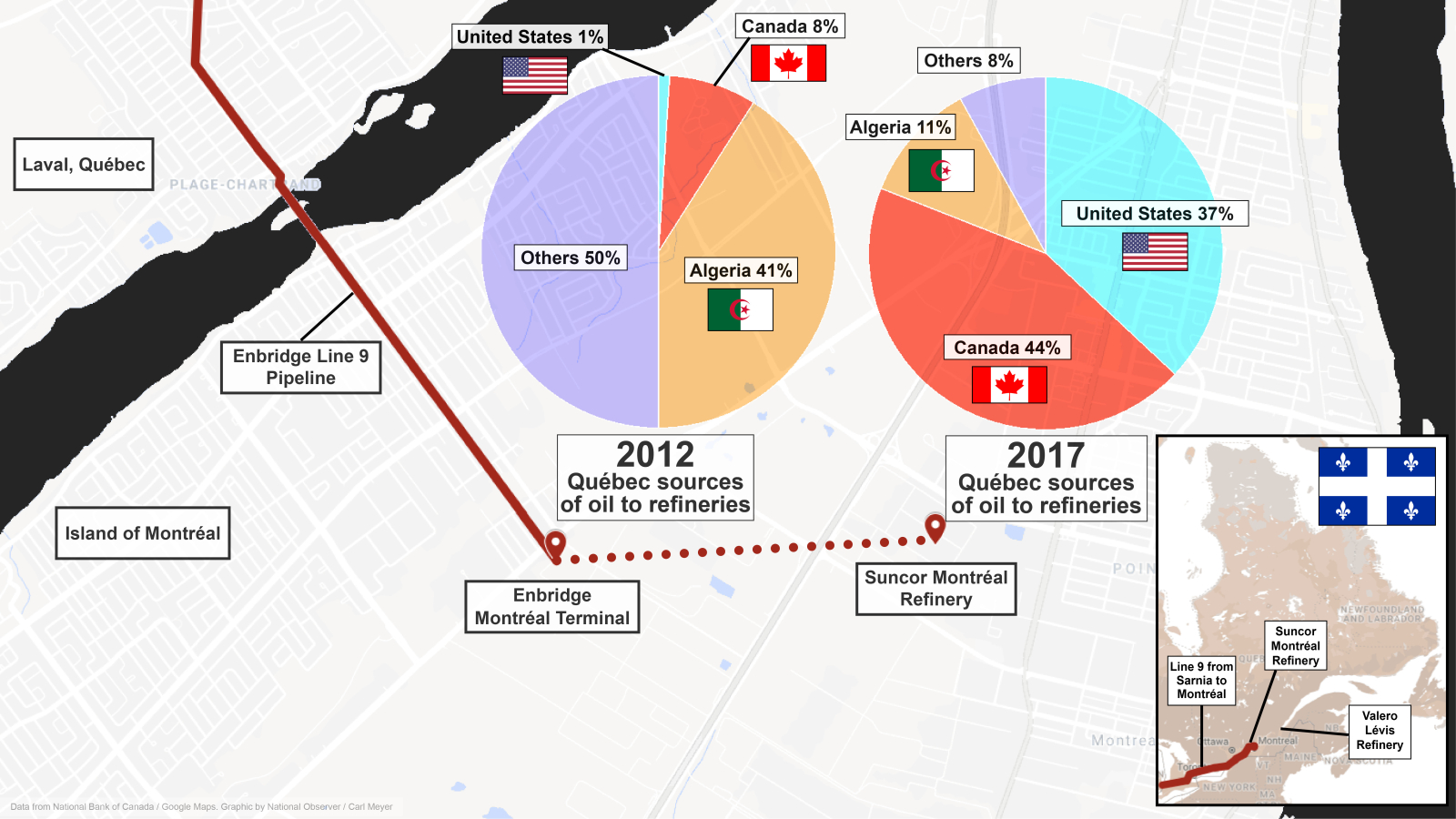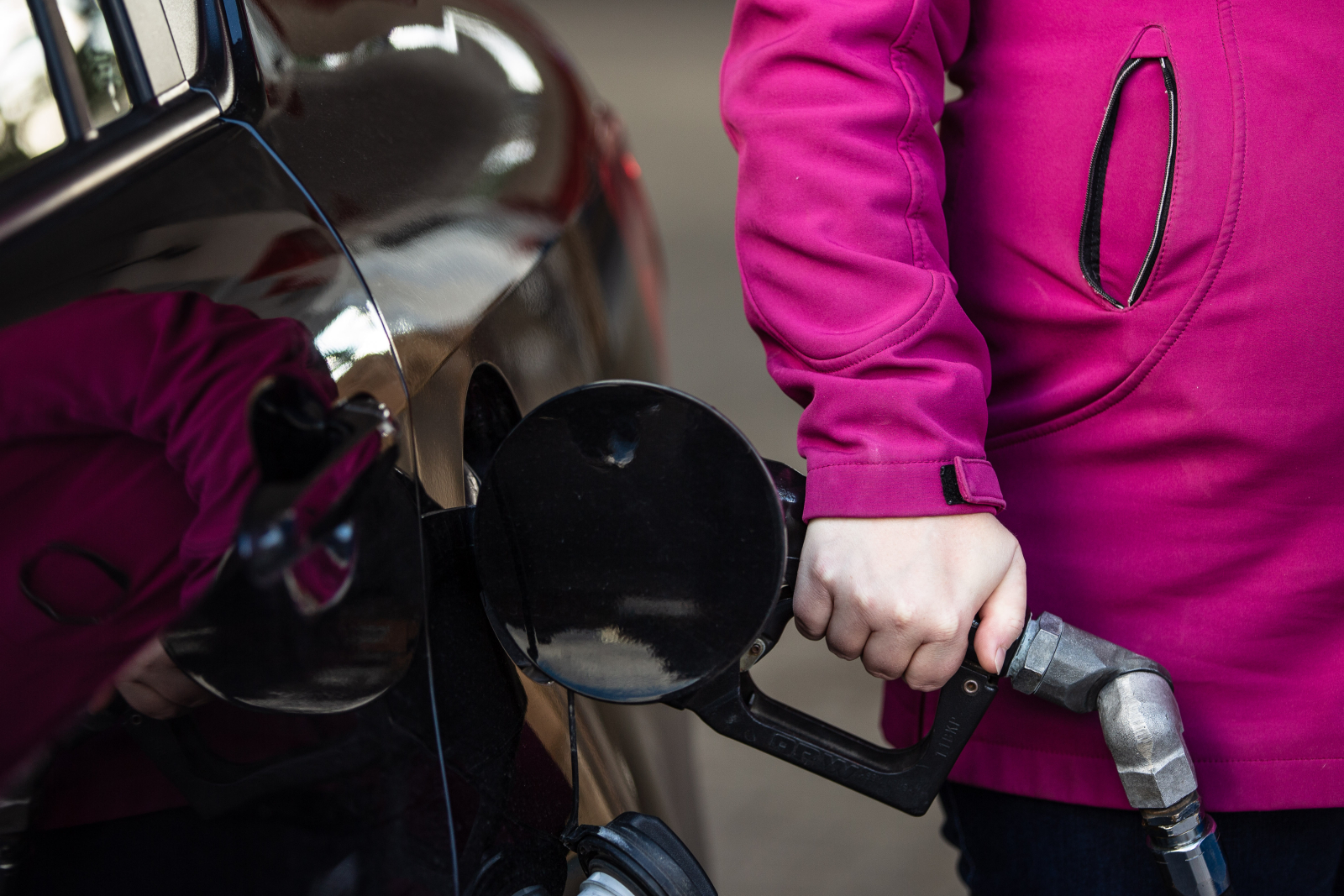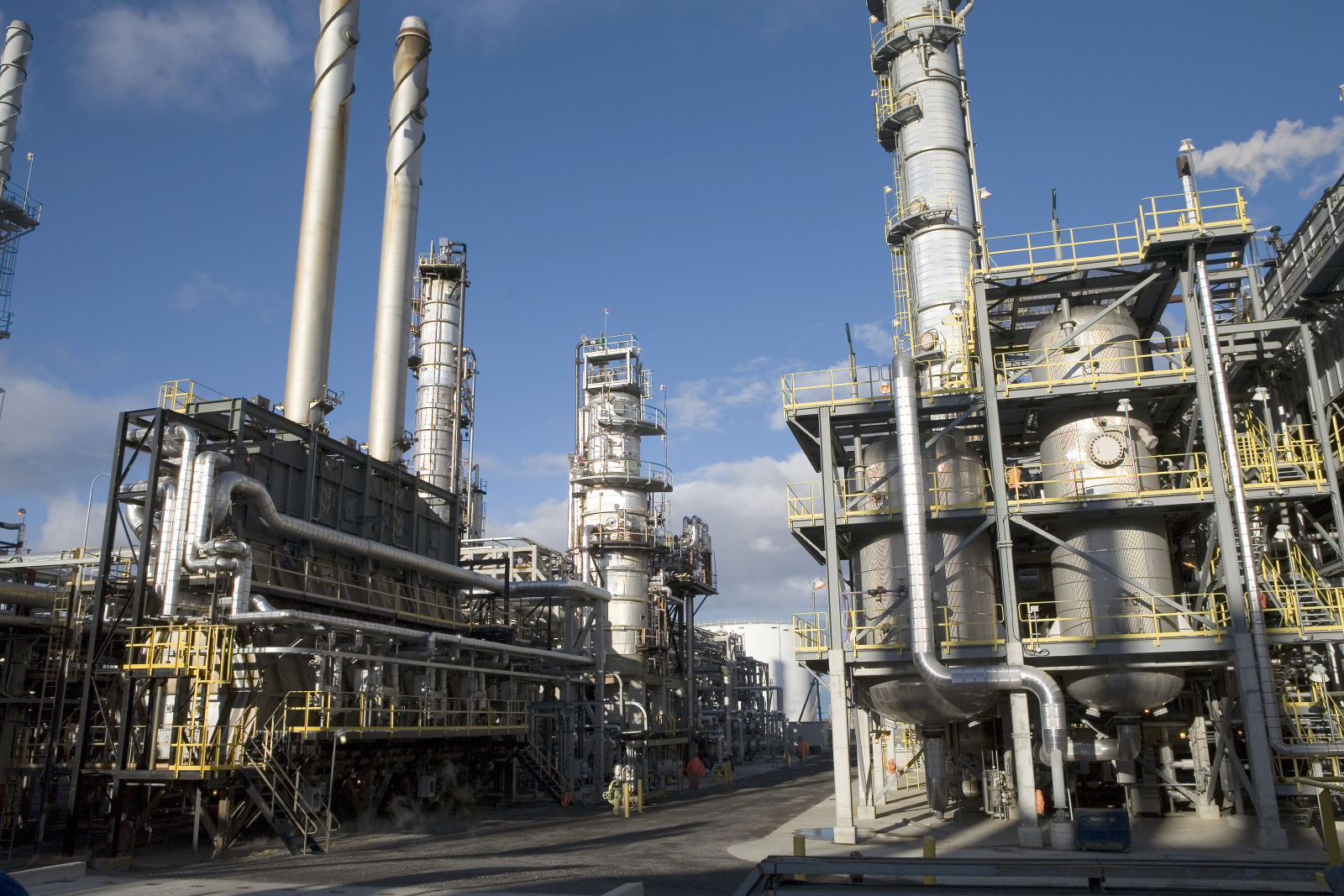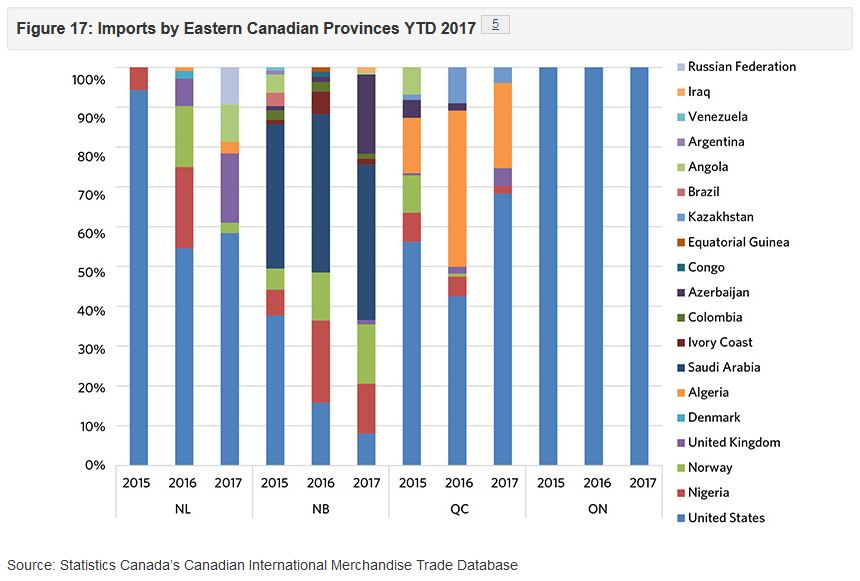ferniesnow
I'm doo-ing it!
- Joined
- Dec 2, 2008
- Messages
- 108,961
- Reaction score
- 83,280
- Location
- beautiful, downtown Salmon Arm, BC
I'm guessing, she thinks she has Biden's ear and without a lot of thought or political astuteness, she wants to shut this pipeline down by May of 2021. I just listened to the Mayor of Sarnia talking and this is absolutely absurd. The people who depend on the work, IMHO, are secondary to the people who need the product. Not to mention oil and gas but also the propane and aviation fuel for heating, transportation, and all the other things that are spin off. According to the Mayor, Pearson International Airport relies on this pipeline for all their jet fuel.
opinion-we-cant-let-line-5-go-the-way-of-keystone-xl
opinion-we-cant-let-line-5-go-the-way-of-keystone-xl








